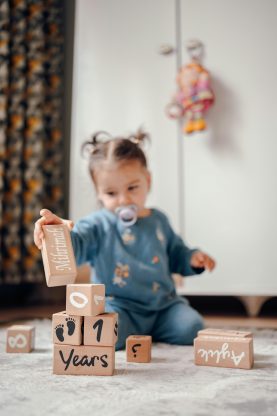Table of Contents
Emergency Contact Information
One of the most important aspects of creating an emergency plan for your babysitter is providing them with a list of emergency contact information. This should include your contact information, as well as the contact information for other trusted adults who can be reached in case of an emergency. Make sure to include phone numbers for emergency services such as 911, as well as the number for the nearest hospital or urgent care center.
Additionally, it’s a good idea to provide your babysitter with the contact information for your child’s pediatrician and any specialists they may see regularly. This way, your babysitter can easily reach out to medical professionals if needed.
On-Demand Childcare in Your Neighborhood
Book a Sitter
Medical and Allergy Information
It’s crucial for your babysitter to be aware of any medical conditions or allergies that your child may have. Make sure to provide detailed information on any medications your child takes, as well as dosage instructions. If your child has any allergies, clearly list the allergens and describe the symptoms of an allergic reaction.
Consider creating a medical information sheet that includes all of this information, as well as any other relevant medical history or conditions. Make sure your babysitter knows where this sheet is located and encourage them to review it before caring for your child.
Household Safety Procedures
In addition to medical information, it’s important for your babysitter to be familiar with household safety procedures. This may include showing them where the first aid kit is located, as well as any emergency supplies such as flashlights or batteries.

If your home has a security system, make sure your babysitter knows how to arm and disarm it. You should also review fire safety procedures with your babysitter, such as how to use a fire extinguisher and where the closest fire exits are located.
Emergency Evacuation Plan
It’s essential to have an emergency evacuation plan in place in case of a fire or other natural disaster. Make sure your babysitter knows how to safely evacuate your home with your child, including identifying escape routes and meeting places outside.
Practice the evacuation plan with your babysitter and child so they are familiar with the procedures.
Consider conducting practice drills on a regular basis to ensure that everyone is prepared in case of an emergency.
Communication Guidelines
Clear communication is key when creating an emergency plan for your babysitter. Make sure your babysitter knows how to reach you in case of an emergency, whether it’s through a phone call, text message, or other method.
Establish guidelines for when and how your babysitter should contact you, such as immediately in the event of a medical emergency or after the child has been put to bed for non-urgent matters. Encourage your babysitter to ask questions and seek clarification on any aspects of the emergency plan that may be unclear.
In conclusion, creating an emergency plan for your babysitter is essential to ensuring your child’s safety when you’re not at home. By providing your babysitter with important contact information, medical details, safety procedures, evacuation plans, and communication guidelines, you can help them handle any emergency situation that may arise. Remember to regularly review and update your emergency plan as needed to ensure that everyone is prepared for the unexpected.










